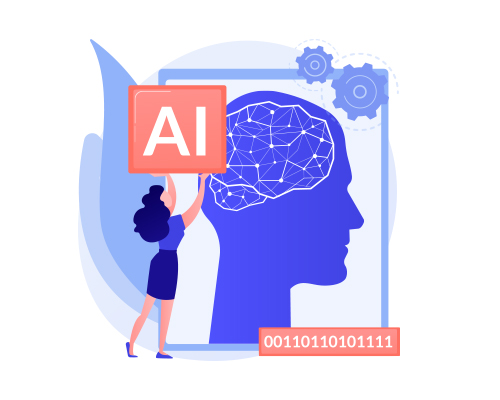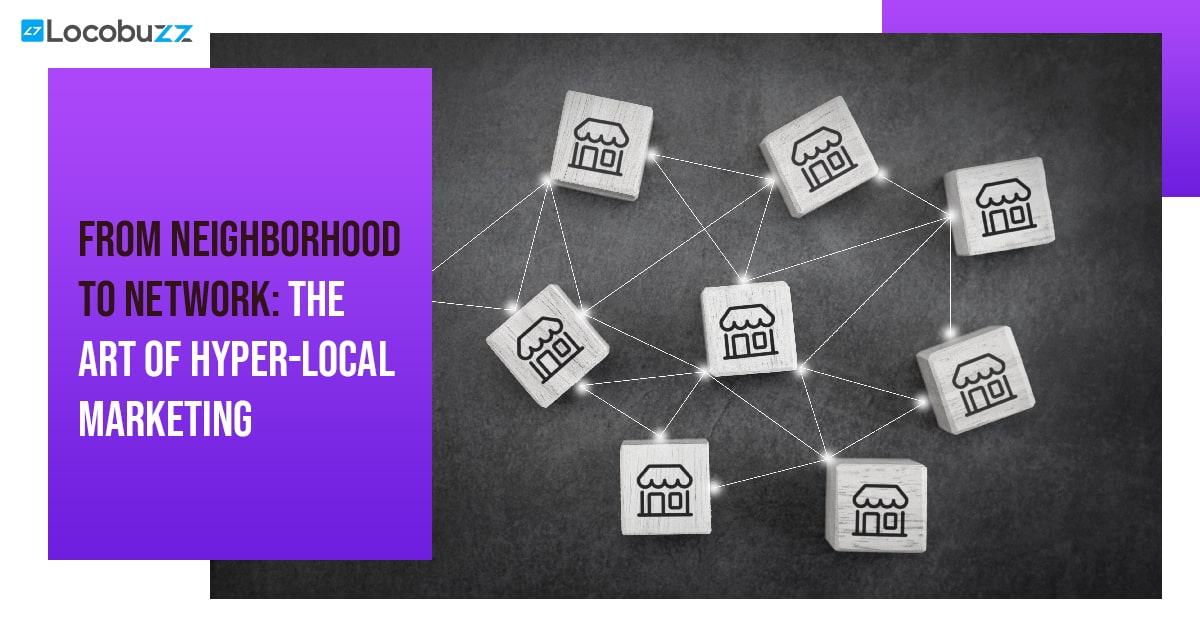The Intelligent Future of SaaS

In the past five years, SaaS has grown from a niche product used by small businesses to a mainstream business model that can be used by organizations of all sizes.
The acceleration of digital transformation is shaping the future of Software-as-a-Service (SaaS), making it a viable choice for organizations in search of functionality, accessibility, and flexibility. SaaS relies on:
- cloud delivery at scale
- available connectivity
- enterprise-grade security
In simple terms, SaaS-based cloud models provide businesses with a range of advantages. This has evolved to the point where users and suppliers manage their own software, with no human intervention required because software is distributed instantaneously over the internet, via the cloud.
According to a report by International Data Corporation (IDC), Indian Software-as-a-Service (SaaS) companies are expected to reach $30 billion in revenue by 2025 and will be able to capture around 8% to 9% share in the global SaaS market.
Table of Contents
What is AI?
Artificial intelligence is a branch of computer science that provides machines with the ability to make decisions based on data, using algorithms and rules programmed by humans.
What is ML?
Machine learning is an approach to artificial intelligence in which computers use data to improve their own performance. The goal of machine learning is to get computers to learn without being explicitly programmed by humans.

As part of the continuous evolution of SaaS solutions, both artificial intelligence (AI) and machine learning (ML) are quickly becoming integral parts of the SaaS ecosystem. With breakthroughs in automated computing and powerful data-driven machines, both play essential roles in this realm.
Advantages & Disadvantages of AI & ML
As with any technology, there are pros and cons to AI and ML. On one hand, they can save time by automating tasks that would have taken humans hours or days. On the other hand, they can lead to job losses as more human workers are replaced by machines who perform similar functions at lower cost or higher efficiency levels (though there’s an argument about whether this type of automation is optimal for society overall).
AI has the potential to revolutionize the field of data protection in a number of ways, enhancing fundamental SaaS model elements like high availability and autonomous provisioning. Businesses may gain more value from their data, automate and customize customer services, increase security, and manage human resources when SaaS and AI capabilities are integrated.
It is imperative that companies understand how AI impacts data protection as well as consider some risks associated with this emerging technology.

In a world where consumers are demanding individual experiences that are tailored to their specific needs, ML can help by providing analysis of a user’s previous actions, giving businesses actionable consumer insights into their preferences and interests – even before a purchase is made. This allows organizations to configure user interfaces providing that all-important customized experience (which can also be carried out with the help of customer experience tools).
AI and ML are making it easier than ever for businesses to deliver targeted, individualized campaigns. These systems provide innovative new features such as voice control, which can track user behavior more accurately. This is great news for revenue retention and customer turnover reduction, as customers tend to show a heightened interest in a brand that has shown them a positive customer service experience.
Way Forward
As mobile-first design gains traction, it’s clear that the future of mobile SaaS is app-driven. Ericsson Mobility Report 2021 shows that the average traffic per smartphone in the India region is the second highest globally, and is projected to grow by more than 4 times to reach 49EB per month in 2027. To put it another way: India has more mobile data usage than any other country in the world, and its users are expected to spend more time using apps than any other country.
With this kind of growth potential, it can be inferred that businesses failing to offer a seamless user experience may end up losing a sizable portion of their loyal customers – especially amongst those digital-native younger generations.
At the same time, there are concerns about how quickly these technologies might evolve and what impact they will have on society as a whole.

Innovative thinking and a willingness to change with the times are necessary to keep up with the newest trends. Mobile apps should be prioritized because of this, and mobile-first design is essential. Due to the exponential growth of smartphone usage, which is occurring minute by minute, it is now too late to argue that your company should adopt a mobile-friendly strategy.
It’s evident that SaaS is bustling in popularity with procuring business applications, such as design software, CRM systems, ERP systems, productivity software, and tools for human resources. It’s a framework that is here to stay.
Software program as a solution (or SaaS) is a way of delivering applications online– as a solution. Instead of installing as well as maintaining software program, you merely accessibility it by means of the Web, freeing yourself from facility software application as well as hardware administration.
Software as a solution (SaaS) is a software program distribution version in which a cloud service provider hosts applications as well as makes them readily available to end users online. In this model, an independent software supplier (ISV) might contract a third-party cloud carrier to hold the application.
PaaS (System as a Service): PaaS products permit organizations as well as developers to host, build, and deploy consumer-facing apps.
The AWS cloud provides a broad series of resources and also devices for organizations at any phase of the SaaS transformation.






















